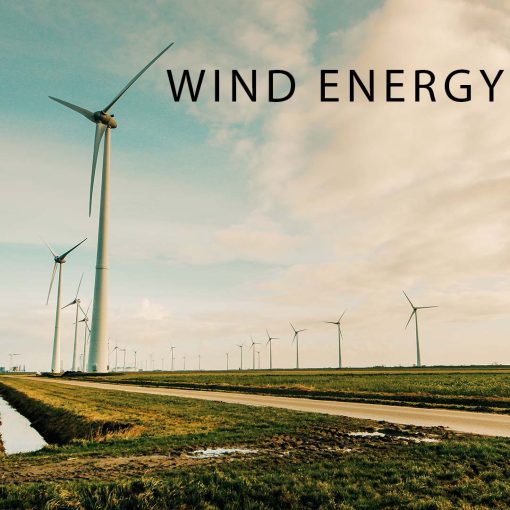
In the quest for a sustainable future, green energy emerges as a beacon of hope, offering a pathway to reduce our carbon footprint and combat climate change. Green energy, or renewable energy, refers to power generated from natural sources that are continuously replenished. This article explores the diverse types of green energy generation, each harnessing the Earth’s natural resources to provide clean, sustainable power.

Solar Power
Solar energy is one of the most recognizable and widely used forms of green energy. It involves capturing sunlight using solar panels and converting it into electricity. This process, known as photovoltaic (PV) conversion, is effective, scalable, and increasingly cost-efficient. Solar power can be generated on a small scale, such as rooftop panels on homes, or on a large scale, such as solar farms that supply electricity to the power grid.
Wind Energy
Wind energy harnesses the power of air currents to generate electricity. Wind turbines convert the kinetic energy from the wind into mechanical power, which is then transformed into electrical power. Wind farms can be found both onshore and offshore. Offshore wind farms, in particular, are gaining popularity due to the stronger and more consistent winds found at sea.
Hydropower
Hydropower, or hydroelectric power, is generated by the movement of water. It is one of the oldest and most established forms of green energy. Water flowing through dams spins turbines, which generate electricity. While large-scale hydroelectric dams are common, there are also smaller, run-of-the-river hydropower systems that have a minimal environmental impact.
Geothermal Energy
Geothermal energy taps into the Earth’s internal heat. This heat can be found near the surface or deeper underground. Geothermal power plants convert this heat into electricity by using steam that comes from the heated water beneath the ground to spin turbines. Geothermal energy is reliable and can provide power continuously, unlike solar and wind energy, which are dependent on weather conditions.

Biomass Energy
Biomass energy is produced from organic materials, such as plant and animal waste. This renewable energy source is versatile; biomass can be burned directly for heat, converted into electricity, or even transformed into biofuels for transportation. Biomass energy is considered green when it uses waste materials or sustainably sourced organic matter, thus reducing greenhouse gas emissions by recycling carbon that plants absorbed during their growth.
Tidal and Wave Energy
Tidal and wave energy harness the power of ocean currents and waves to generate electricity. Tidal energy captures the energy produced by the rise and fall of tides, using turbines or barrages. Wave energy, on the other hand, utilizes the motion of surface waves. These technologies are in the developmental stage but hold promise for coastal regions with strong tidal movements and wave patterns.
Conclusion
The variety of green energy sources available today offers a promising outlook for a sustainable energy future. Each type of green energy has its advantages and challenges, but together, they provide a comprehensive suite of options for reducing our reliance on fossil fuels and mitigating the impact of climate change. As technology advances and investment in renewable energy continues to grow, these green energy sources will play a pivotal role in shaping a cleaner, more resilient world for future generations.
